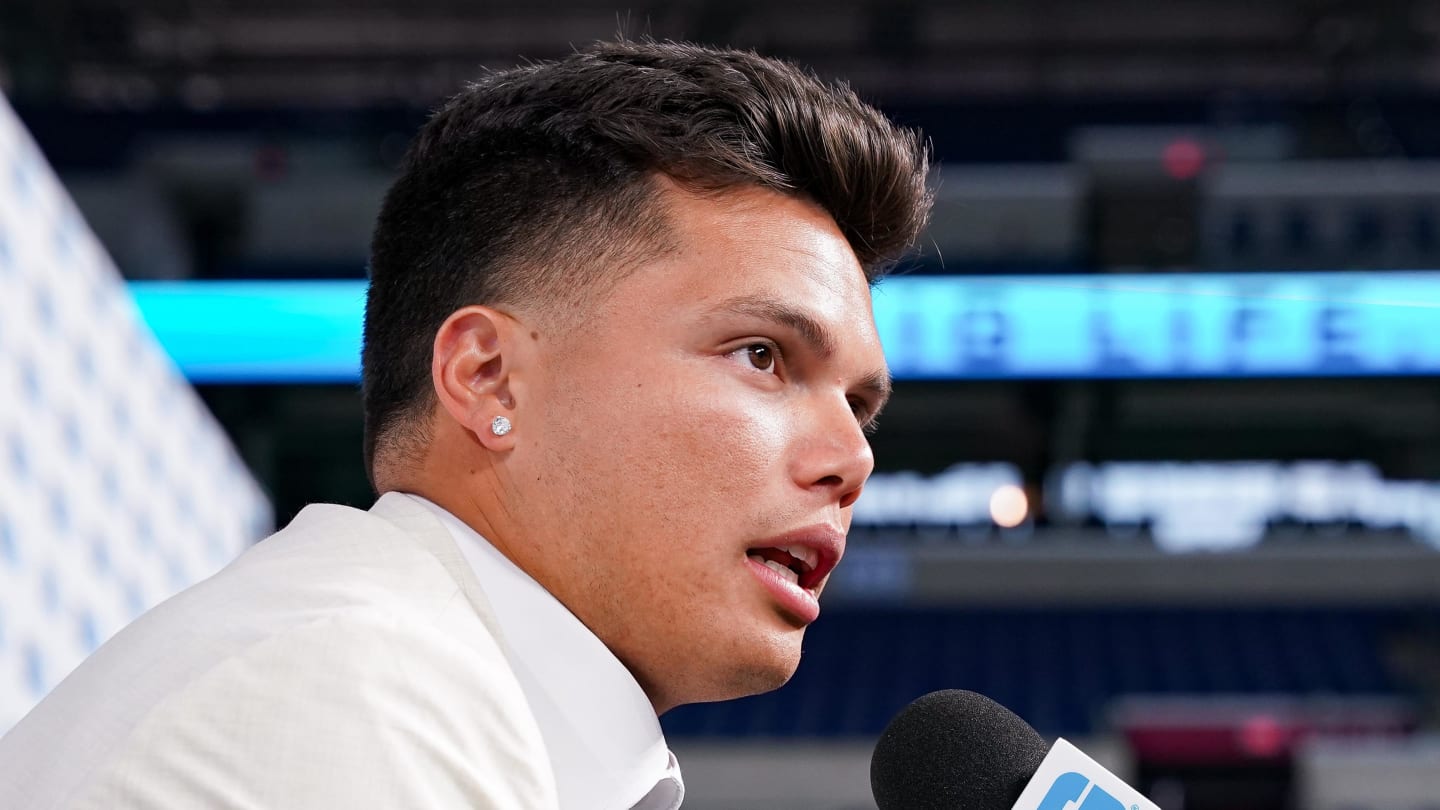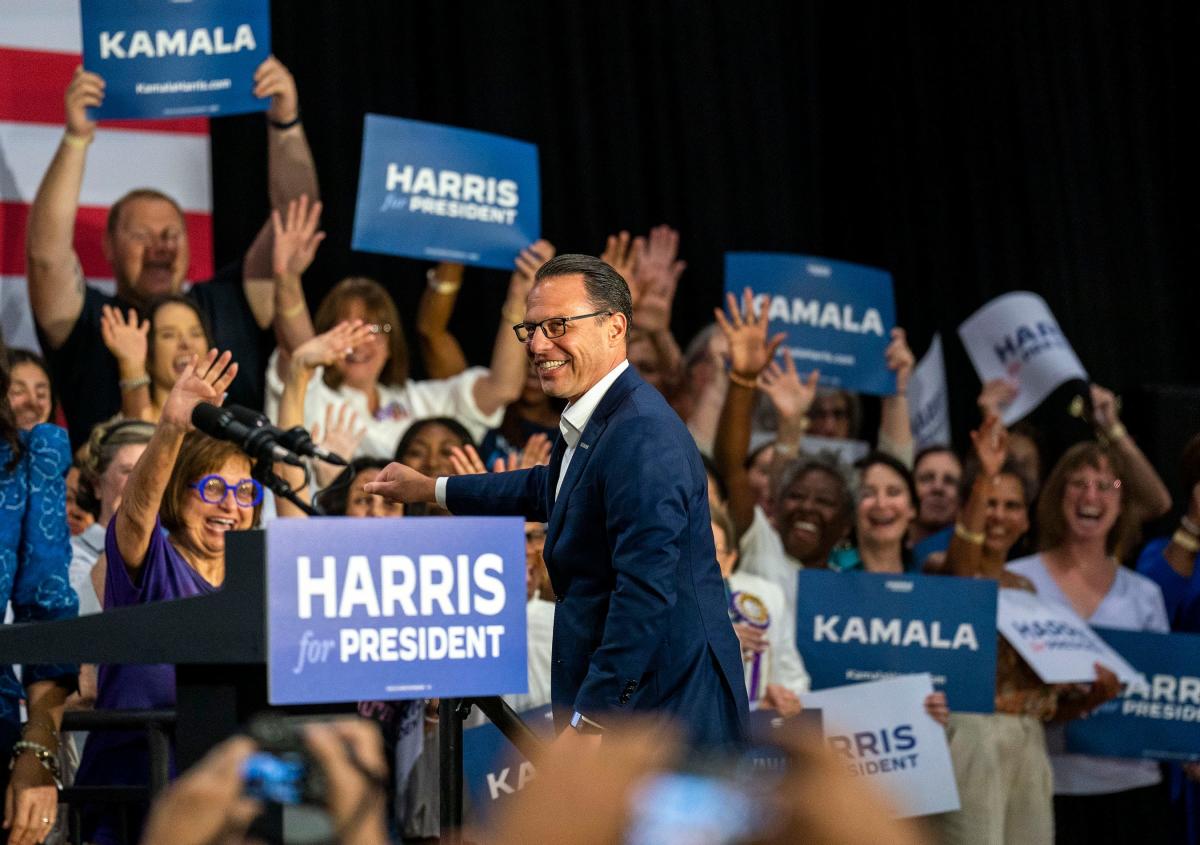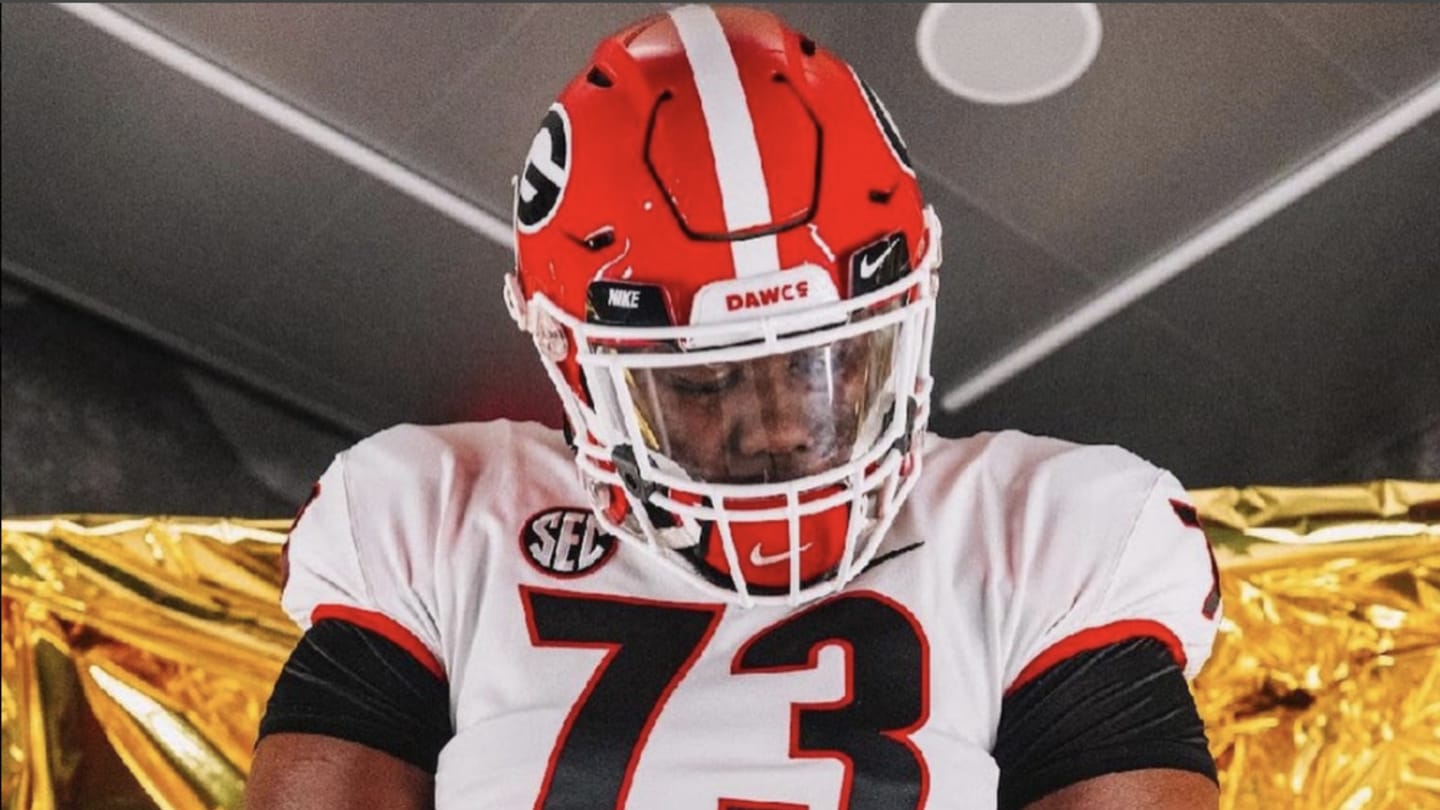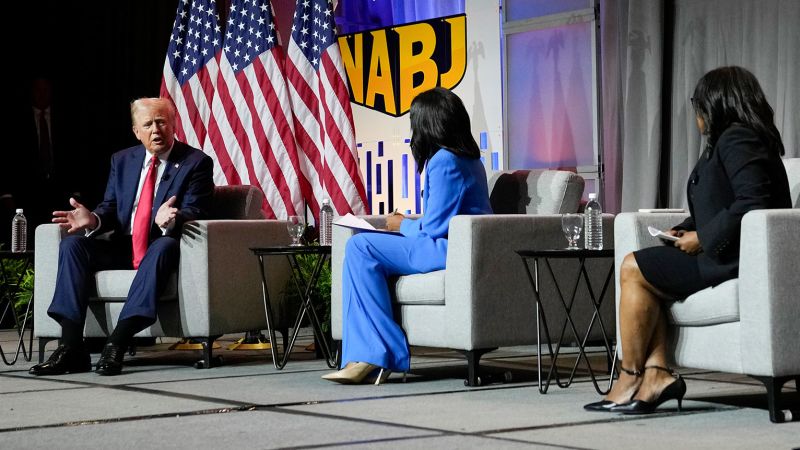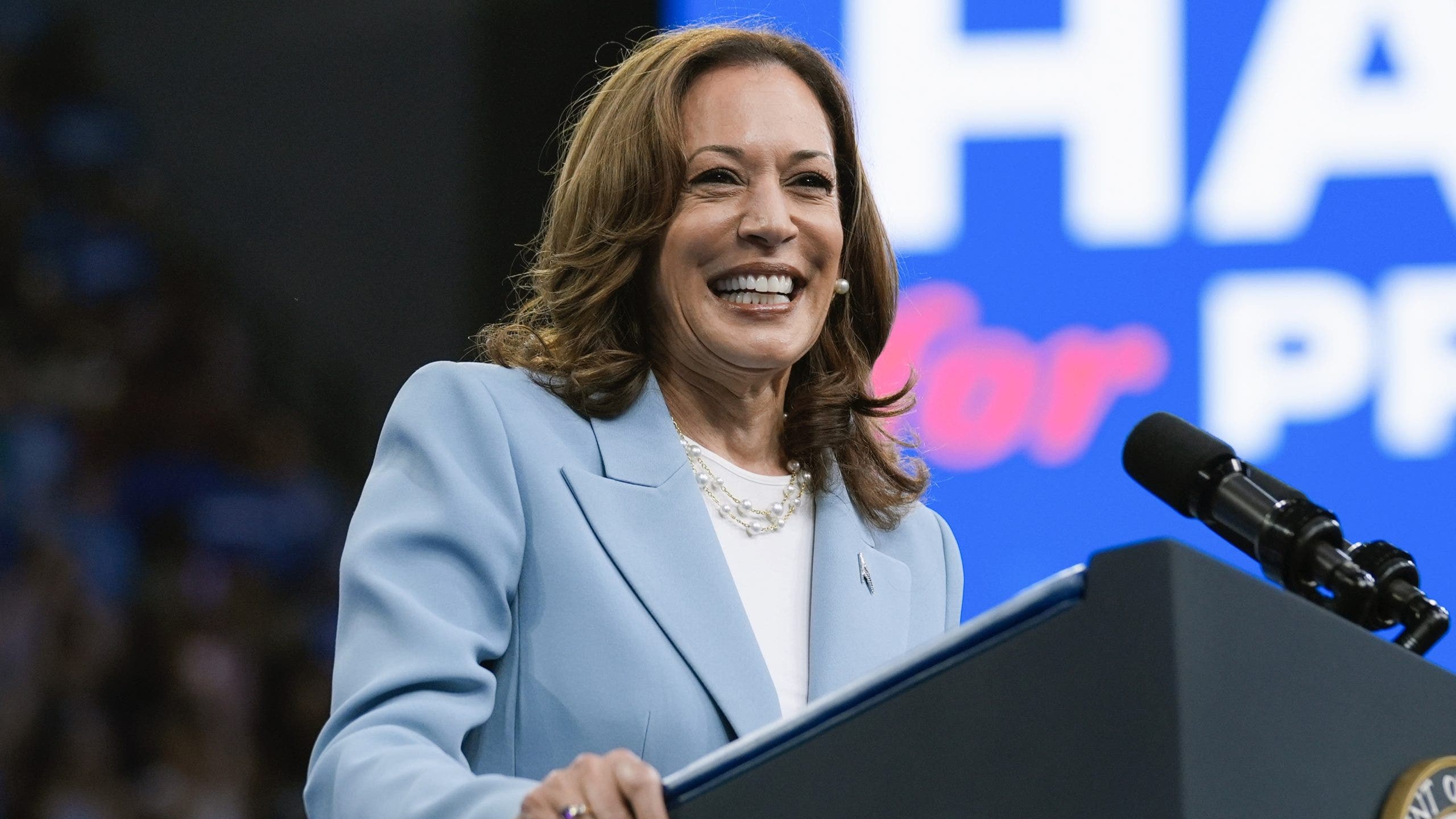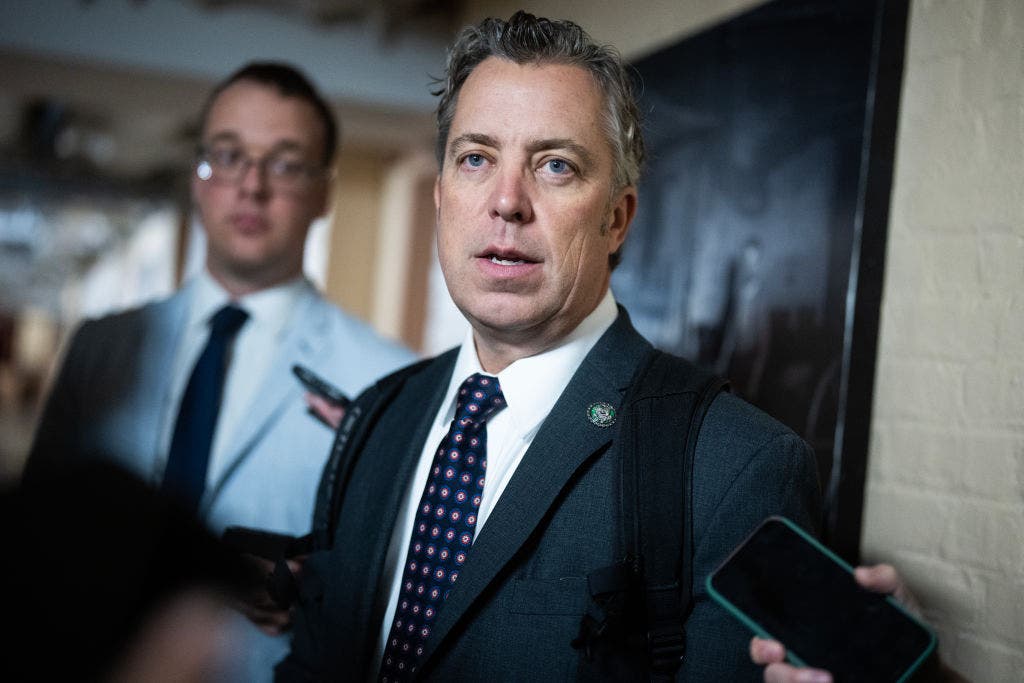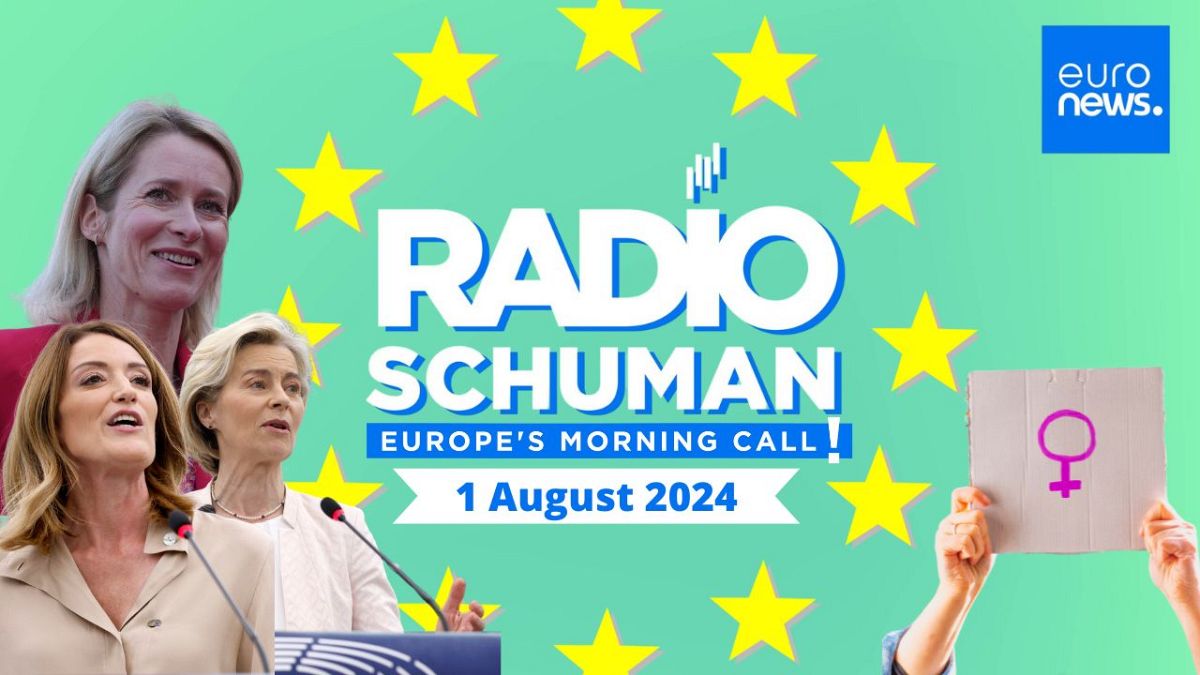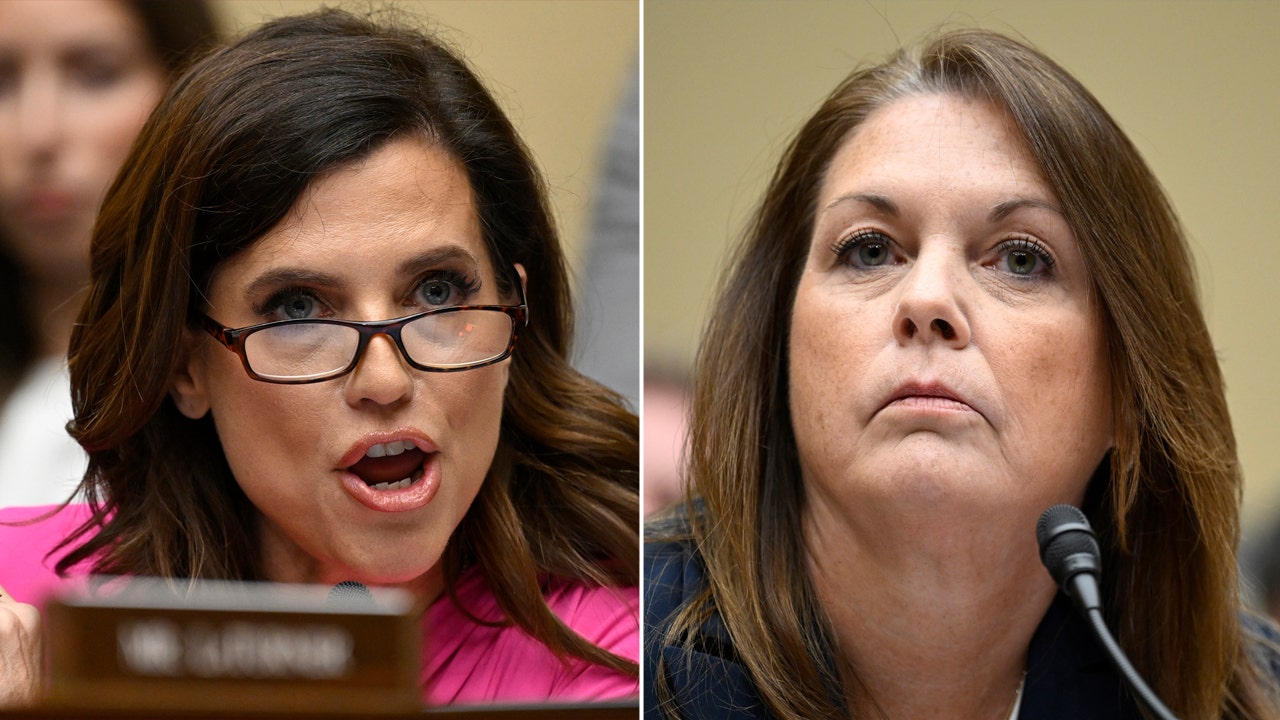CNN
—
Meet the new Donald Trump, same as the old Donald Trump.
The former president’s rant about likely Democratic nominee Kamala Harris’ racial identity, headlined by the false and offensive claim that the first Black woman elected vice president “happened to turn Black” only recently, as an act of political expedience, kicked off a fresh yet disturbingly familiar chapter in this increasingly bitter presidential campaign.
Not three weeks ago, Trump and some hopeful allies suggested that his narrow escape from a would-be assassin’s bullet would set about a renaissance in the 78-year-old’s worldview. In his scripted remarks at the Republican convention a few days later, Trump declared, “The discord and division in our society must be healed.” That high-minded rhetoric lasted a few minutes. Ditching the teleprompter and diving back into his typical fare, the GOP nominee delivered a historically long and often petty acceptance speech.
Wednesday’s interview-turned-confrontation with reporters at a convention of Black journalists in Chicago made perfectly clear that nothing has changed. Alongside his comments about Harris, Trump berated one of the journalists onstage, ABC News senior congressional correspondent Rachel Scott, and belittled his own running mate, Ohio Sen. JD Vance, saying his pick was unlikely to “have any impact” on the election.
After President Joe Biden announced, 10 days earlier, that he would stand down and effectively pass the Democratic nomination to Harris, Trump’s rivals – and some of his supporters – wondered aloud how a man with a history of making racist and sexist remarks would handle running against a Black woman.
His appearances Wednesday made that answer clear.
Trump’s social media posts and remarks at a Wednesday night rally in central Pennsylvania, where the crowd roared in anger at the mention of Obama, doubled down on his comments from Chicago.
“Crazy Kamala is saying she’s Indian, not Black. This is a big deal. Stone cold phony. She uses everybody, including her racial identity!” Trump wrote on Truth Social.
Alina Habba, a Trump lawyer who introduced him in Harrisburg, gave another, unsavory taste of what’s to come.
“Unlike you, Kamala,” she said, boisterously mispronouncing the vice president’s name. “I know who my roots are and where I come from.”
The questions for the coming days and weeks are more fraught. What will Trump – a leader of the racist “birther” conspiracy movement against former President Barack Obama and someone who saw “very fine people” among the neo-Nazis and White supremacists who marched on Charlottesville, Virginia, in 2017 – say or do if Harris maintains or even accelerates the momentum driving her candidacy.
Harris – the daughter of a Jamaican father and an Indian mother who was raised in Oakland and attended a historically Black university – would be the first woman, the first woman of color, the first Black woman and the first Indian American elected president if she triumphs in November.
She first responded to Trump’s remarks with a blistering statement from her spokesman, who described the episode as “a taste of the chaos and division that has been a hallmark of Trump’s MAGA rallies this entire campaign.”
The candidate, addressing a historically Black sorority event in Houston hours after Trump comments on the panel, ticked off her usual talking points from the top. Then, with a wry smile, she pivoted to her highly anticipated rejoinder.
“This afternoon,” she said, pausing to let the buzz heighten, “Donald Trump spoke at the annual meeting of the National Association of Black Journalists and it was the same old show, the divisiveness and the disrespect. Let me just say, the American people deserve better.”
She continued, “The American people deserve a leader who tells the truth. A leader who does not respond with hostility and anger when confronted with the facts. We deserve a leader who understands that our differences do not divide us. They are an essential source of our strength.”
Moments later, Harris was back on message, warning of a “full-on attack on hard fought hard won fundamental freedoms and rights” by Trump-aligned Republicans, who have danced around questions but not uniformly rejected a federal abortion ban. (Trump has said the decision, per the 2022 Supreme Court ruling overturning Roe v. Wade, should be made by the states.)
Harris speaks more – and more comfortably – about abortion rights than Biden before her. With 96 days until the election, she is poised to press Democrats’ advantage on that issue and, if Wednesday night’s remarks were any indication, mostly leave Trump to his own devices.
Other Democrats, including Harris’ husband, the second gentleman Doug Emhoff, offered harsher verdicts. Trump’s remarks, he told donors in Maine Wednesday, put on display “a worse version of an already horrible person.”
But he also cautioned against focusing too narrowly on the former president’s words.
“We can’t get distracted by Hannibal Lecter,” Emhoff said of Trump, according to the Washington Post. “Even the insults hurled at myself and my wife … that’s to distract us and get us talking about that.”
Harris supporters, led by a handful of potential running mates, praised the tone and content of her response.
“This guy (Trump) is a homophobe, a xenophobe, he’s a racist and misogynist. But here was just a perfect example of it for the American public to see,” Illinois Gov. J.B. Pritzker told CNN’s Anderson Cooper late Wednesday. Harris “doesn’t need to take him on directly. The rest of us can see it for ourselves and we’re going to talk about it.”
Arizona Sen. Mark Kelly, one of the leading contenders to be her vice presidential pick, told reporters on Capitol Hill that Trump’s comments in Chicago were those ”of a desperate, scared old man who is, over the last week, especially, is having his butt kicked by an experienced prosecutor.”
“He’s done this before, he’s not going to change,” Kelly said of Trump. “Pretty obvious to me why he’s doing this.”
Meanwhile, Vance, less than two weeks after officially becoming the GOP vice presidential nominee, defended his new boss, telling supporters at a rally in Arizona that Harris is a “phony” who “caters to whatever audience is in front of her.”
“President Trump showed up and took some tough questions (at the NABJ event),” Vance said. “The press, however, treated him the same way they have since he came down that escalator in 2015. They were rude. They cut him off. And they didn’t want to hear – much less report – the truth.”
To that point, the ultimately abbreviated interview was broadcast live, and the questions posed to Trump were lean, direct and fairly simple. His reaction – his attack on Harris – was largely unprompted and strayed from the reporters’ line of questioning. Trump went where he went by choice, on his own.
Like Vance, Trump-friendly Republicans on Capitol Hill blamed the media.
Asked for his take, Florida Sen. Marco Rubio held up a screenshot of an Associated Press article headlined, “California’s Kamala Harris becomes first Indian-American US senator,” before insisting he’s heard Harris identify “multiple times” as Indian-American, not as Black.
“I don’t care what someone’s background is,” Rubio added. “I care about the fact that she’s a leftist.”
Others, while stopping short of condemning Trump’s lie, sought to nudge him in a similar direction.
North Dakota Sen. Kevin Cramer took a different tack, dismissing Trump’s remarks as “satire,” but also suggesting it was “not wise” politically to raise the issue.
“It was President Biden who referenced her racial identity when he nominated her,” Cramer said. “I mean, that was said, that’s the reason. He promised he’s gonna have a woman of color.”
Biden pledged to choose a woman as his running mate in 2020, not a woman of color. But that, of course, is what he did. Whether Trump can channel his disdain for Harris into other, less noxious lines of attack is, just a few months out from the voting, an open question. How voters react is a better, more important one.



